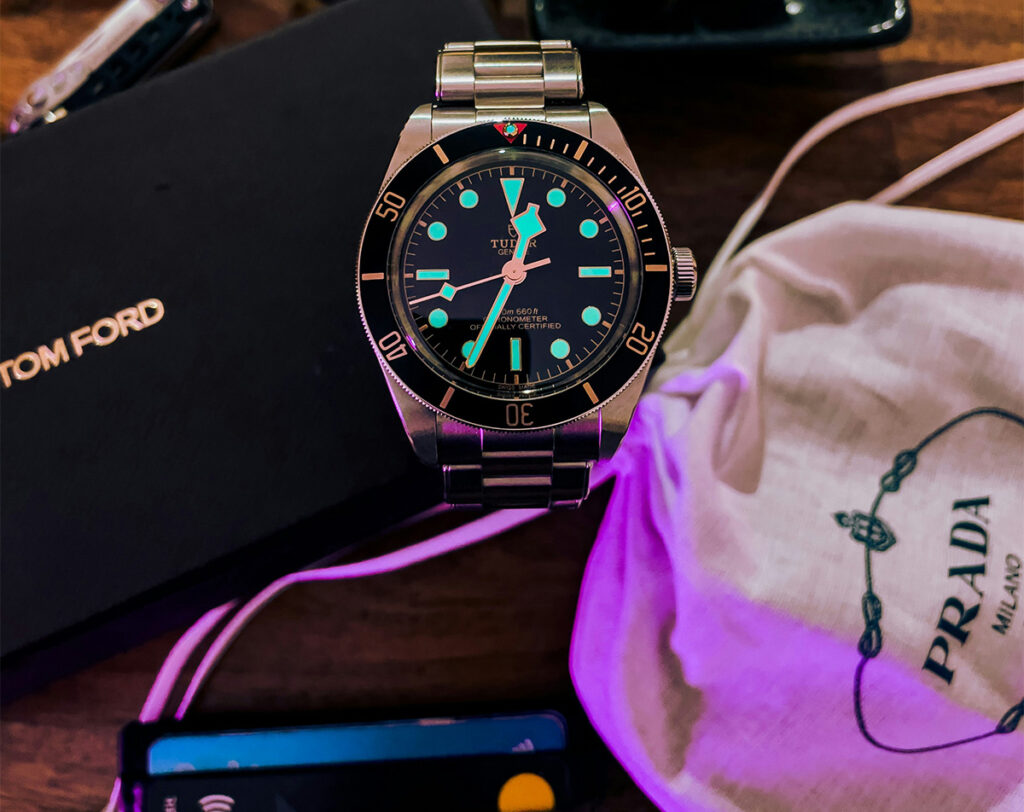Individual Counseling Insights From Westlake Village-Based Patricia McTague-Loft
Human behavior is a fascinating subject. We often tread onto that territory in response to something your partner or a friend has done. It begins innocently enough with a simple question: Why did you do that? If we’re being a bit introspective, we might ask ourselves, Why did I do that?

If we step back and look at the big picture, our actions are often based on our value system. In one way, our values are the foundation of our identity. If your highest priority is education, and you perceive yourself as one of the educated class, perhaps with a PhD behind your name, then much of your life has been dedicated to pursuing that goal. You studied while others partied — you consciously chose to act in a way that reflected what you value.
As I have written in previous blog posts, though, subtle and not-so-subtle forces also greatly influence our actions. Raging adolescent hormones or a childhood trauma can practically force us to act against out better judgment. Another powerful force is “attachment style,” which asserts that how we relate to others, especially in adult romantic relationships, is dictated by how we were treated as infants. Our upbringing results in various attachment styles: Secure, Anxious, Avoidant or Fearful-Avoidant. (Read Does Your Attachment Style Affect Your Relationship? for further discussion.)
In an interesting new perspective that unites the themes I’ve introduced above, Stacey Coleen Lubag explores the subject in an article for Psypost.org. She examines research that identifies a link between people with an anxious attachment style with behavior driven by status seeking that reflects materialistic values.
“While previous studies have delved into how these attachment styles influence various behaviors, including consumer choices, the specific connection between these styles, particularly anxious attachment, materialism, and status consumption — or, the ways in which people strive to improve their social standing through a pronounced consumption of products — remained underexplored,” Lubag writes.
Of course, we shouldn’t be too hard on ourselves when we examine our own motives for purchasing items. After all, most of us need a car, and we all have to eat and clothe ourselves. It’s quite healthy to choose a car that we can afford that has a style that we consider attractive. Wearing nice clothes is a sign of self-respect. And enjoying an occasional gourmet meal in a fine restaurant is a wonderful luxury. But when does the motive for enjoying these things cross over into status seeking? Perhaps it’s a fine line.
Lubag points to research that sought to answer that question. “The curiosity driving this study,” she writes, “stemmed from a hypothesis and preexisting literature suggesting that anxious attachment styles might influence consumer behaviors — specifically the tendency to purchase status-signaling goods. This hypothesis was rooted in the observation that anxiously attached individuals might use material possessions to gain attention and reassurance in social scenarios, a behavior not typically associated with secure or avoidant attachment styles.”
As with so much psychological research, the results really reflect what we intuitively sense. People who are struggling with some form of childhood trauma act out in less-than-admirable ways. And acting on less than the highest values rarely leads to a meaningful life.
Lubag sums it up this way. “The findings were striking. Individuals with anxious attachment styles reported significantly higher levels of materialism and a greater inclination towards purchasing status-signaling goods compared to their counterparts with secure or avoidant attachment styles. This behaviour was mediated by their materialistic values — or, simply put, the findings suggest that individuals may use status consumption to cope with insecurities in relationships.”